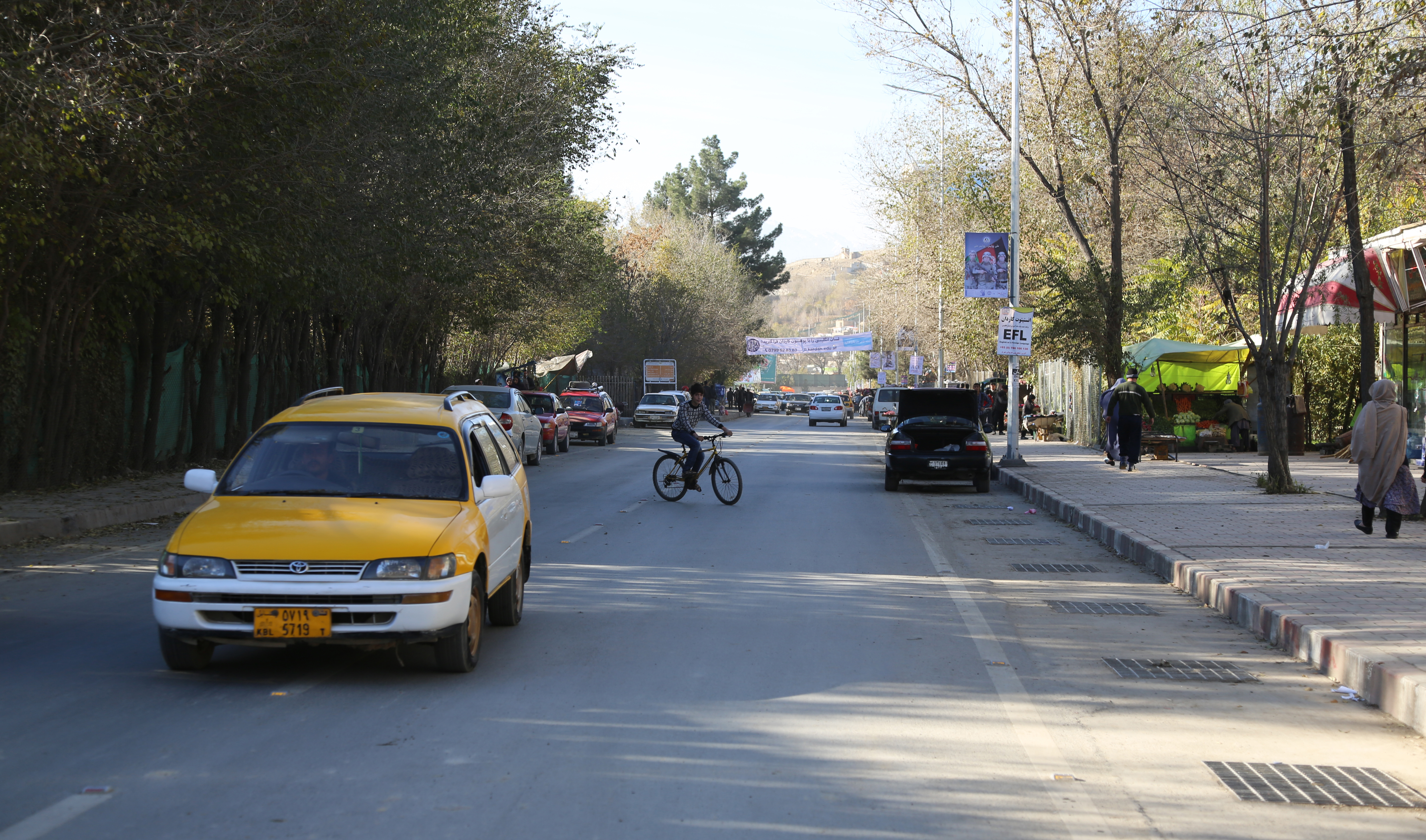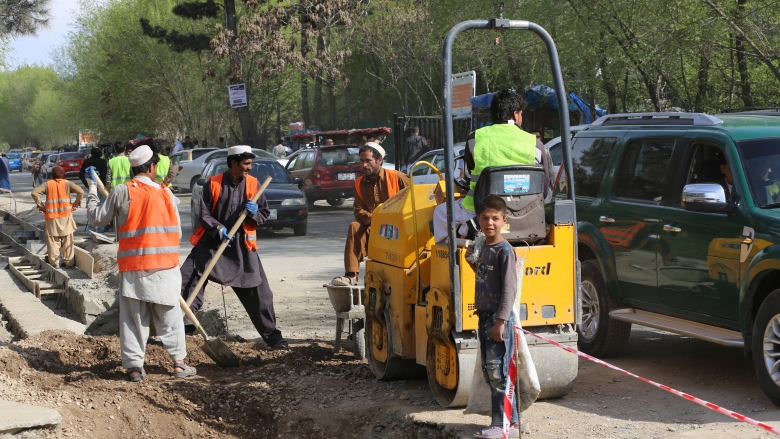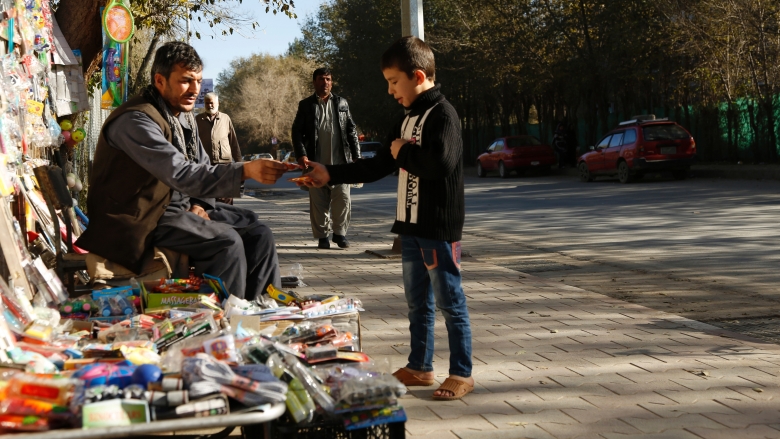KABUL CITY, Kabul Province – Sodias Karimi, 26, is proud to bring light to the lives of Kabul residents. Sodais, an electrical engineer, works to light the roads currently under reconstruction in Kabul using modern methods.
He is pleased that he has the opportunity to apply the knowledge he learnt at university in India in the capital city of his own country. So far, he has applied his modern knowledge to a road in the fourth Macrorayan and the Kabul Nendari road, both of which were built under the Kabul Urban Transport Efficiency Improvement (KUTEI) Project.
“This is one of Kabul Municipality’s initiatives to prioritize lighting of these roads,” explains Sodias. “If it weren’t for this initiative, I would not have been able to put my experiences in action in my own country and I would have probably ended up doing some ordinary work.”
Sodais, who just completed his work on the third Macrorayan road, is pleased with the outcome of his work: “The electricity of those roads is provided by the government. When I pass by those roads at night, their illumination and beauty pleases me. I feel especially proud when the people who have seen me working on those roads give me kudos for my work.”
The reconstruction of the third Macrorayan road began in July 2013 and completed in August 2015. Reconstruction of this road and the one between the second and third Macrorayan is undertaken by the same project worth $2 million. This funding is provided to the Kabul Municipality through KUTEI, which is supported by the Afghanistan Reconstruction Trust Fund (ARTF). The ARTF’s $90.5 million grant to KUTEI targets improvement of transport services through a package of interrelated interventions to build Kabul Municipality’s capacity.



